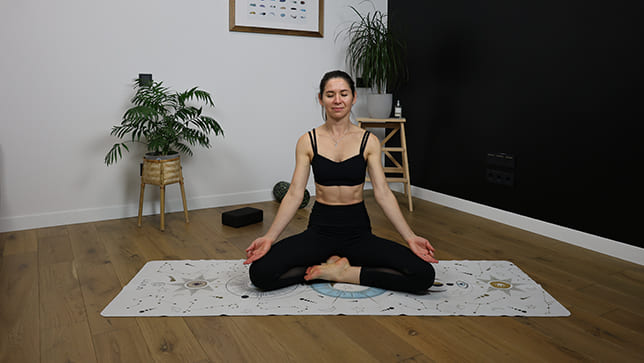
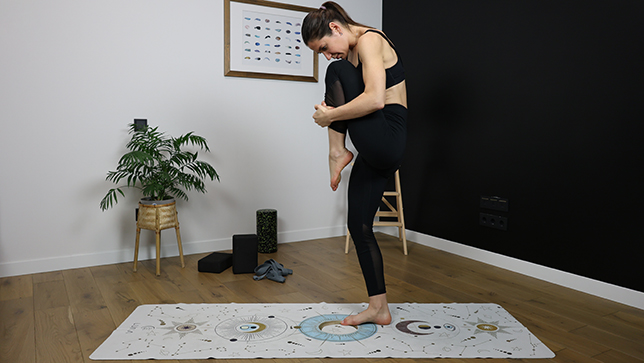
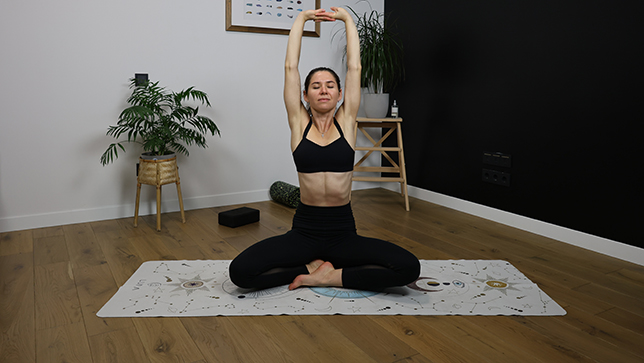
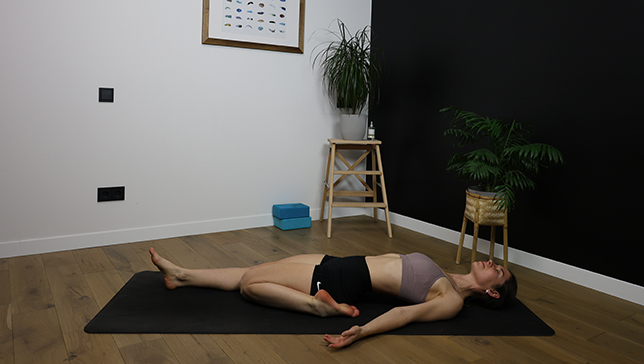
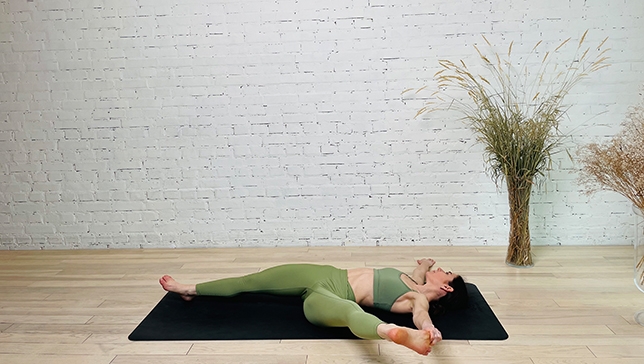
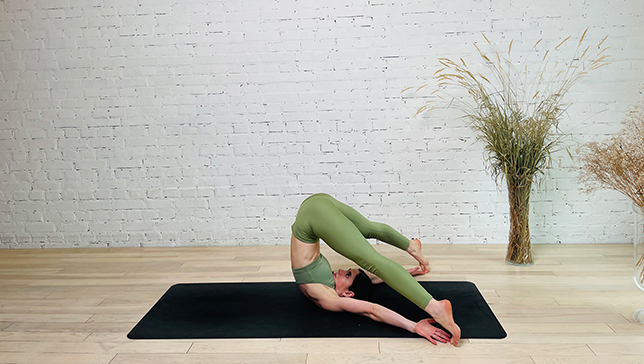
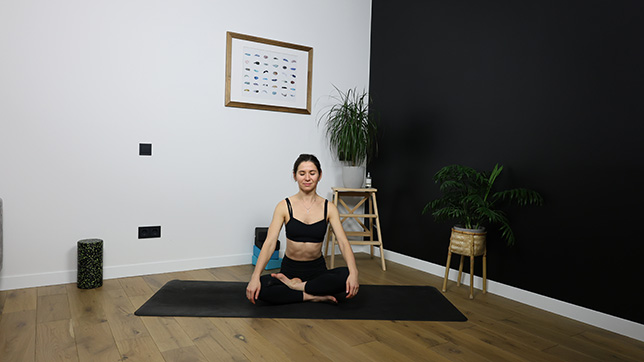
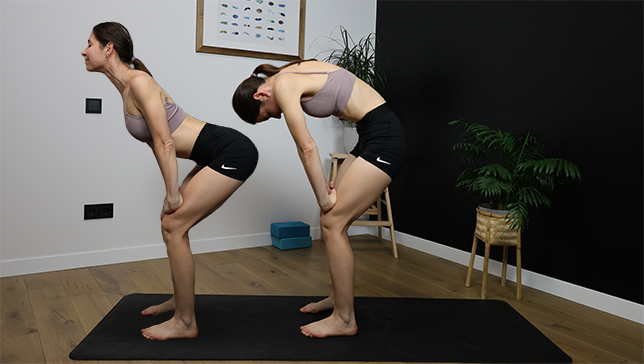

Restorative yoga poses are gentle and relaxing postures that aim to promote deep relaxation and rejuvenation. These poses are typically held for an extended period, often with the support of props like blankets, bolsters, pillows, or blocks, to provide maximum comfort and allow the body to completely release tension. Restorative yoga is focused on relieving stress, calming the nervous system, and restoring balance in the body and mind.









Practicing Restorative Yoga Poses can be a beneficial addition to your wellness routine. Below you can see some tips that we have selected for a more effective practice:
Remember, the beauty of restorative yoga is in its gentleness and its ability to nourish both the body and mind. Embrace the practice with an open heart, and allow yourself to fully surrender to the restorative experience.
Restorative yoga poses promote profound relaxation, helping to calm the nervous system and reduce stress levels.
The gentle and supported nature of restorative poses alleviates physical and mental tension, providing effective stress relief.
Regular practice of restorative yoga can improve sleep quality and help individuals achieve a more restful night's sleep.
Restorative yoga encourages mindfulness and presence, fostering a greater connection between the body and mind during the practice.
Avoid intense inversions and deep backbends, as these poses can increase blood pressure levels.
Individuals with disc herniations or bulging discs should avoid deep forward bends or twists that compress the spine.